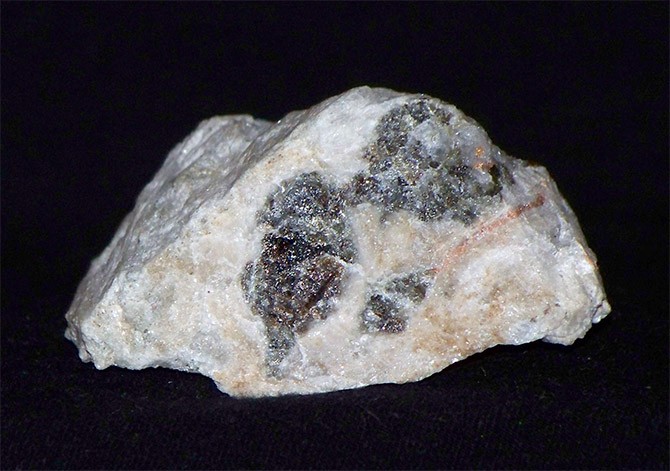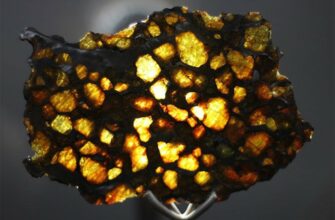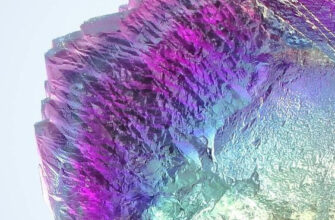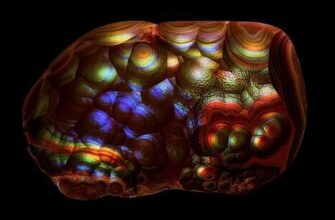Wollastonite is a natural mineral from the silicate class (calcium silicate). The stone is widely used in jewelry, industry and construction.
History and origin
The stone was first described by Andreas Stütz in 1793 under the name "plank spar", indicating the fractured, lamellar structure of the mineral. The name wollastonite was proposed in 1818 by J. Lehman in honor of William Wollaston, an English tester, chemist, physicist and mineralogist.
Wollastonite is a metamorphic mineral, formed in silicified carbonate rocks that have undergone contact and regional metamorphism, at the contact of carbonate and igneous igneous rocks, or as part of skarn deposits, and is occasionally found in some alkaline igneous rocks.
Place of Birth
The mineral is quite common throughout the world:
- Known in Russia (Turinsky mines, Northern Urals; Minusinsk district; Ukrainian crystalline shield),
- Germany
- Ireland,
- Italy,
- Canada
- Mexico,
- in Madagascar,
- Norway,
- Romania,
- USA
- Sweden
- Japan
Deposits are also being developed in China, India and Finland.
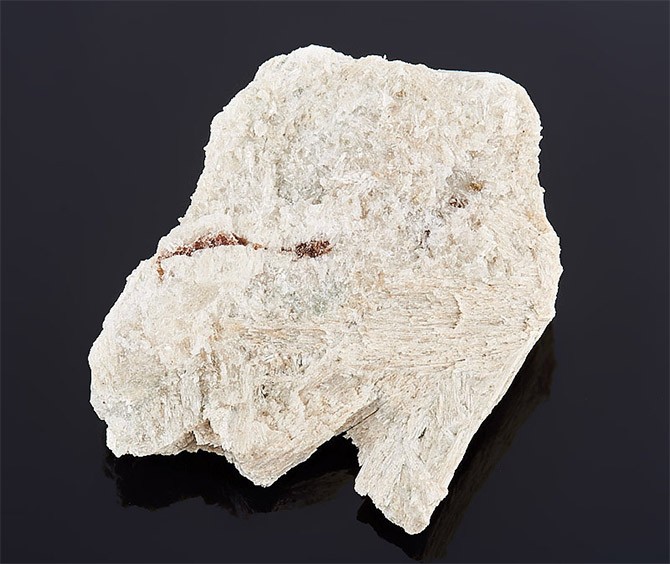
Physicochemical characteristics
The composition of wollastonite includes calcium oxide (CaO) - 48,3%, silicon dioxide (SiO2) - 51,7%; sometimes the composition includes up to 9% iron(II) oxide FeO.
| Property | Description |
|---|---|
| Formula | CaSiO3 |
| Hardness | 4,8 - 5 |
| Density | 2,78 - 2,91 g / cm³ |
| Refractive indices | nα = 1.616 - 1.640 nβ = 1.628 - 1.650 nγ = 1.631 - 1.653 |
| Syngonia | Triclinic (primitive) |
| Kink | Stepped, splintery |
| Cleavage | Perfect by {100}, good on {102} and {001} |
| Brilliance | Glass |
| Transparency | Translucent, translucent |
| Color | White, gray or colorless |
Varieties and colors
Usually the mineral occurs in the form of radiant, sheaf-shaped, fibrous aggregates. The thickness of the fibers is no more than 1-2 mm. Formed crystals are rare.
The color palette is dominated by calm light shades - white and grayish-white. Crystals with an admixture of manganese or iron can have pink, yellow, brown and brown colors.

In terms of transparency, there are stones that are cloudy with gaps, translucent or completely transparent.
The luster is predominantly glassy, but on the adhesive planes it gives off a pearlescent appearance.
A special property of some wollastonite samples is fluorescence. In ultraviolet light, crystals glow orange or pink.
Applications
Wollastonite can be used:
- as a multi-purpose raw material;
- as mineralogical collection samples;
- in jewelry;
- in the decorative field.
In industry, crushed minerals are widely used to improve the properties of paints and varnishes. It helps paint or varnishes acquire the desired consistency and good covering quality. This paint is resistant to all biological contaminants.
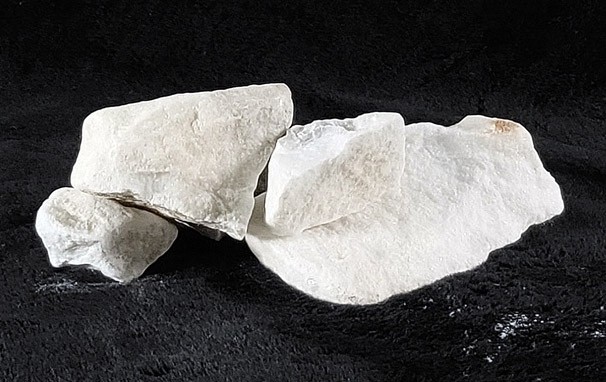
The crushed mineral is used in the creation of building mixtures, in the manufacture of glazes, and ceramics. Ceramic cookware with the addition of wollastonite becomes significantly stronger compared to ceramics without the addition of the mineral.
In the collecting business, needle-shaped specimens made of thin crystals no more than 1,5 mm thick are especially valued. Large solid transparent crystals, which after processing acquire a “cat’s eye” effect, are also in demand.
Wollastonite is rarely found in jewelry, but is still used to make some jewelry that has special magical properties.
REFERENCE! The use of wollastonite as a decorative element can be seen in the Moscow metro - the columns of the Petrovsko-Razumovskaya station are decorated with wollastonite skarns.
Magical properties
The magical properties of the stone and jewelry made from it include amulet, protection from the evil eye and black magic. The processed mineral has a snow-white color, which makes its owner not subject to various magical influences.
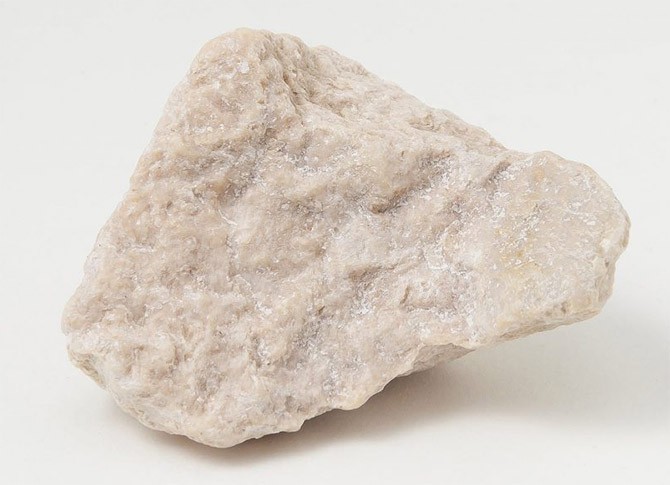
The stone also endows its owner with eloquence and special attractiveness.
Jewelry with mineral
Jewelry made from natural wollastonite is usually of little value. But rare needle-like aggregates are often used to make unique collectibles. Incredibly beautiful necklaces made of dark wollastonite beads.
Some craftsmen sometimes cut translucent wollastonite for inserts into rings and earrings. However, such products do not differ in durability: wollastonite is not very resistant to moisture.
Stone cost
The cost of the stone varies depending on the size, structure, color and transparency. For example, a common specimen of Russian origin, gray in color and measuring 5-7 cm (92 g), can be bought for 10 euros.
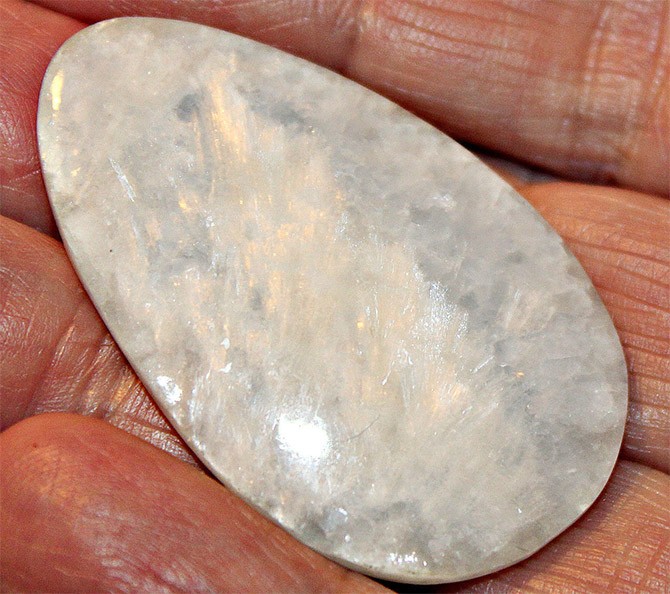
Jewelry care
Wollastonite jewelry does not require special care, but it is recommended to avoid getting the jewelry wet.
How to distinguish from fakes
Due to its low value, fakes of the mineral are not found.
Compatibility with zodiac signs
("+++" - the stone fits perfectly, "+" - can be worn, "-" - absolutely contraindicated):
| Zodiac sign | Compatibility |
|---|---|
| Aries | + |
| Taurus | + |
| Gemini | + + + |
| Cancer | + |
| a lion | — |
| Virgo | + + + |
| Scales | + |
| Scorpio | + |
| Sagittarius | + |
| Capricorn | — |
| Aquarius | + + + |
| Pisces | + |
The mineral reveals its properties to the maximum in interaction with “Aquarius”, “Gemini” and “Virgo”. Those born under the constellations of Leo and Capricorn should avoid wollastonite. For all other signs the stone is neutral.
Interesting about the stone
Despite its great natural prevalence, the production of synthetic wollastonite has become widespread (in the USA, Denmark, Italy, Germany, Russia).
